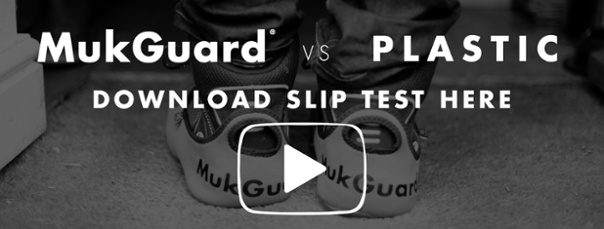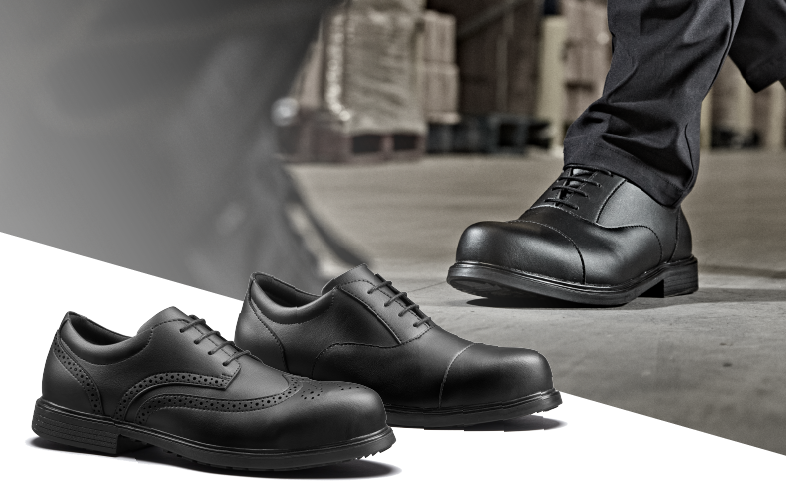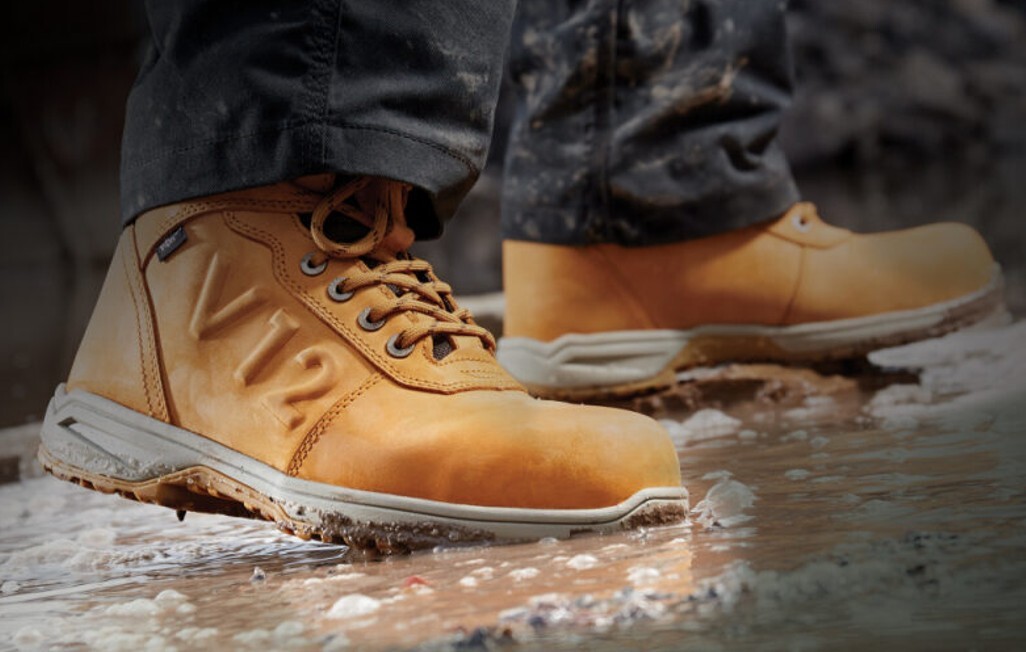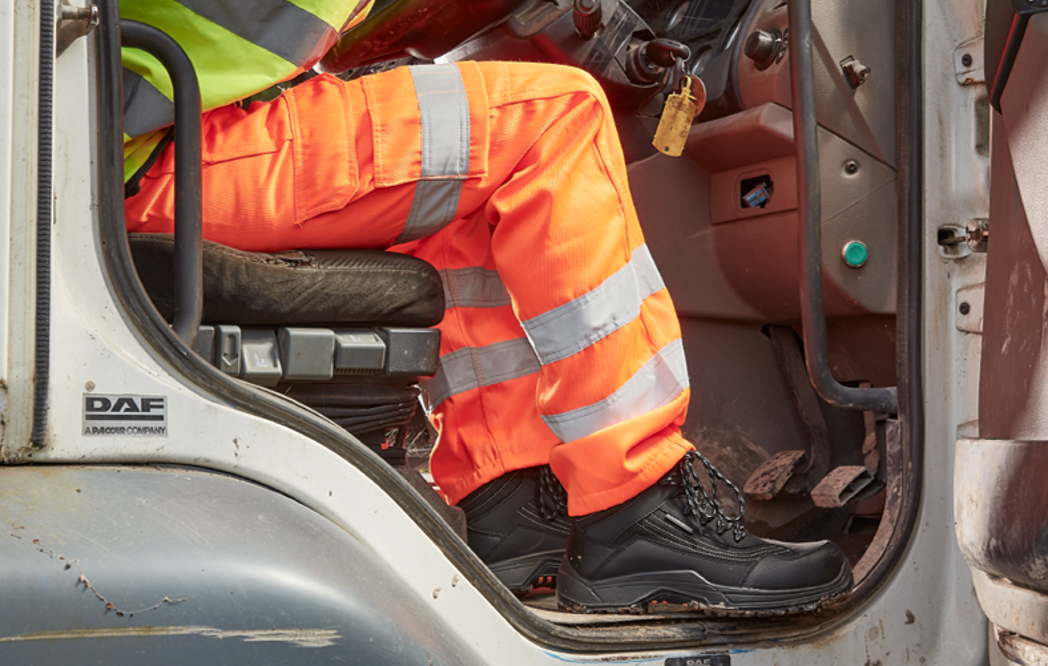Reusable? Blue plastic? Paper? When it comes to protective overshoes, there’s a big range to choose from, and inevitably each type comes with pros and cons. Luckily, however confusing the dilemma of which shoe cover to pick, there's one thing we can all agree on: you absolutely do not want to trail mud, water or debris into your customer’s home.
Imagine: you’ve done a quality piece of work, you’ve planned and laboured with care and precision, and most importantly, you’ve grown your reputation and brand because your client’s happy. Wouldn’t it be a crying shame if all that hard work and success was undone by a trail of mud and dirt leading incriminatingly back to your boots? Cue angry homeowners, a negative online review and a hasty exit.To help you avoid this messy situation, in this article we put our best covered foot forward and explore the world of overshoes, highlighting the pros and cons of the different types on offer.
BLUE PLASTIC OVERSHOES
ADVANTAGES:
The obvious advantage here is the price. With a pack of 100 costing less than £4.00, it’s understandable why they’ve been the go-to option for many people in the past.
DISADVANTAGES:
One engineer will get through 14 KGs of plastic overshoes in one year. So, if you feel like doing your bit for the environment, switching from disposable to reusable shoe covers is a quick but effective change to make.
And even if you don’t see sustainability as your top priority, your customer might. These days, many people are critical of single-use plastic, so if you’re moving through your customer’s home and they happen to be a supporter of the anti-plastic movement, it’ll probably benefit your business if your feet aren’t clad in anything disposable.
Finally, a thin layer of plastic might have done the trick up until now, but there’s no denying that the chances of disposable shoe covers ripping and allowing damaging debris inside a customer’s house are high. It’s also worth remembering that disposable plastic overshoes are one-size-fits-all, so they’ll need to be stretched over bigger boots, increasing the risk of tearing and the potential to mark or stain a floor.
REUSABLE OVERSHOES
ADVANTAGES:
While disposable plastic overshoes may have been effective for you in the past, the chances are that a lot of your competitors will be wearing branded, professional-looking reusable coverings. And like it or not, the difference is big. You know that very often in business and industry, the small things are the big things, and this is never truer when it comes to your work clothing. Wearing thick, durable and specialised overshoes will make a great impression on your customer, while thinner plastic covers may not have the same impact.
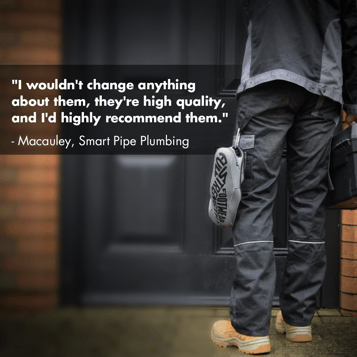 There's also a safety advantage to reusable overshoes. Wearing a thin layer of plastic over your boots when walking over tiled, linoleum or wood floors is a slip accident waiting to happen, so having firm grip is definitely the smart move. Proven through extensive lab testing, the MukGuard overshoe has 75% more grip than plastic overshoes, meaning the chances of slipping are greatly reduced.
There's also a safety advantage to reusable overshoes. Wearing a thin layer of plastic over your boots when walking over tiled, linoleum or wood floors is a slip accident waiting to happen, so having firm grip is definitely the smart move. Proven through extensive lab testing, the MukGuard overshoe has 75% more grip than plastic overshoes, meaning the chances of slipping are greatly reduced.
MukGuard's carabiner means a reliable, professional look is always within reach.
DISADVANTAGES:
There’s no denying that reusable overshoes are more of an investment, but it’s an investment that will pay off over time. If the price still leaves you sceptical, remember you’re not just making a financial investment: an overshoe like MukGuard is an investment in your brand, your safety and your planet.
WHITE PAPER OVERSHOES
ADVANTAGES:
Again, a key benefit here is primarily the short-term saving, but due to its recyclable nature, paper is also a much better material to be using than plastic in terms of sustainability and reducing landfill.
DISADVANTAGES:
Paper overshoes might be a better outcome for your wallet and a better environmental choice compared to blue plastic coverings, but compared to a reusable option, they’re almost certainly not a better outcome for your customer. This is simply because of the risk of them ripping due to the moisture and rubble on the soles of your boots. It’s not hard to see the problem when mud, wetness and sharp material come into contact with paper.
SHOES OFF
ADVANTAGES:
Um…
DISADVANTAGES:
Let’s face it, taking your shoes off to keep your customer’s house clean isn’t a good look. You may have rewired the kitchen with jaw dropping expertise or grouted the patio to a world beating standard, but if you end up kicking off your boots every time you enter and exit your client’s house, you won’t be conveying a very professional aura. In fact, after working in your boots all day, you could end up emitting quite a different aura.
And don’t forget, taking off your footwear just is not safe. Just because you’re walking indoors rather than out, it doesn’t mean that the hazards have gone. From razor sharp gripping rods and tripping hazards to the possibility of falling tools, the home can be just as dangerous as any building site or factory, so keeping your work boots on, regardless of the type of covers you have, is always the best option. Unless you’re wearing outstanding socks.

.png)
